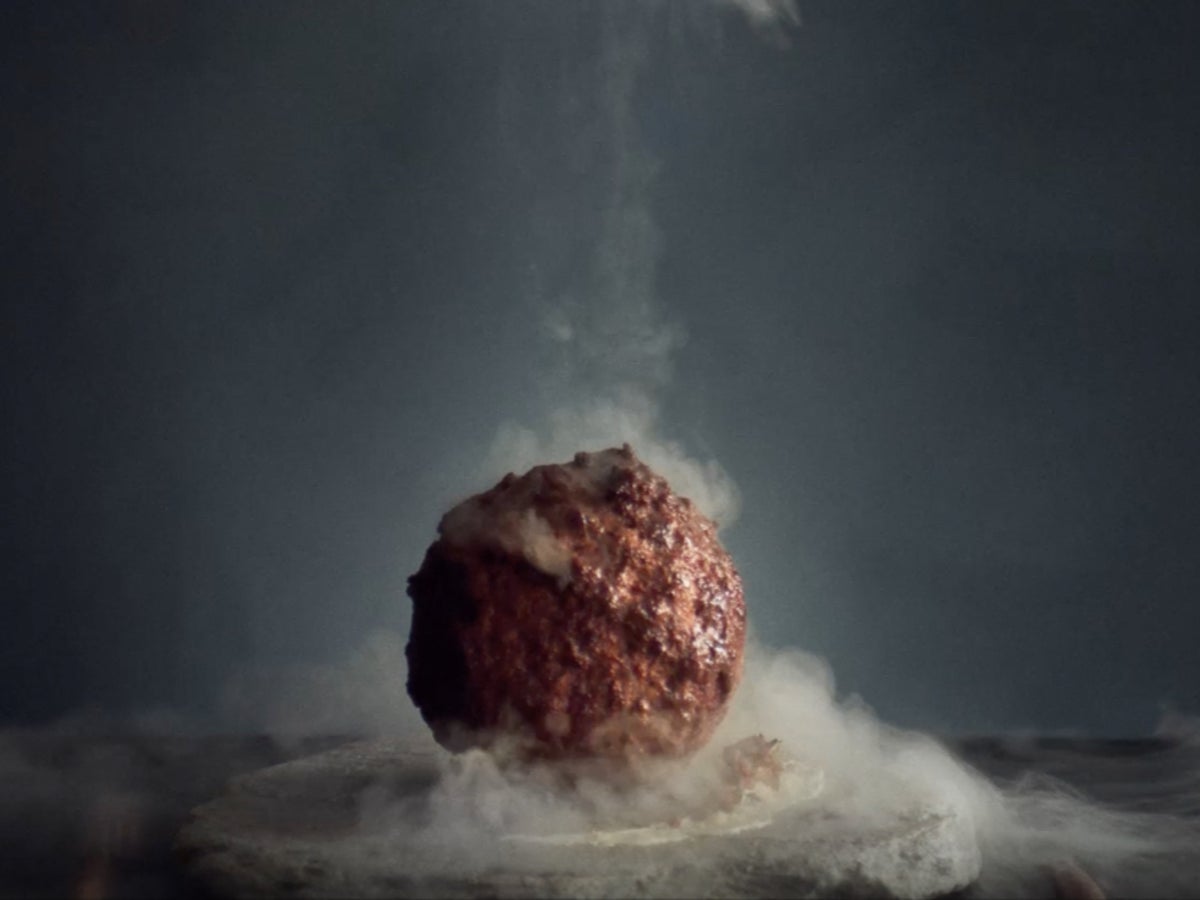
A meat company has managed to make woolly mammoth meatballs from the extinct animal’s DNA.
The lab-grown meatball is the work of Vow, an Australian-based cultured meat startup that is dedicated to highlighting the negative impacts animal agriculture and meat production has on climate change.
According to Vow, which notes on its website that it is “clear we need to change the way we eat,” the issues caused to the planet by the growing demand for meat can be solved through the use of cells and DNA rather than the slaughter of animals.
“We have a behaviour change problem when it comes to meat consumption,” George Peppou, CEO of Vow, told The Guardian. “The goal is to transition a few billion meat eaters away from eating [conventional] animal protein to eating things that can be produced in electrified systems.
“And we believe the best way to do that is to invent meat. We look for cells that are easy to grow, really tasty and nutritious, and then mix and match those cells to create really tasty meat.”
To create the woolly mammoth meatballs, which were unveiled this week at Nemo, a science museum in the Netherlands, the company worked with Professor Ernst Wolvetang at the Australian Institute for Bioengineering at the University of Queensland to create the mammoth muscle protein. The process involved obtaining DNA sequence for mammoth myoglobin and filling in any gaps in the genetic code using elephant DNA, according to the outlet.
The DNA sequence was then placed in stem cells from a sheep, which replicated to form the billions of cells needed to create the meat from the extinct animals.
“It was ridiculously easy and fast,” Professor Wolvetang told The Guardian. “We did this in a couple of weeks.”
No one has eaten the meatballs yet, however, as Wolvetang noted the dangers associated with the meat. “We haven’t seen this protein for thousands of years,” he explained. “So we have no idea how our immune system would react when we eat it. But if we did it again, we could certainly do it in a way that would make it more palatable to regulatory bodies.”
Woolly mammoths began to disappear 10,000 years ago, before going extinct 4,000 years ago, according to the Natural History Museum. The woolly mammoth’s extinction has been linked to humans, whose diets included the animals, and climate change.
As for why Vow chose to create the lab-grown meatball using woolly mammoth DNA, the company said on its website that the mammoth is a “monumental symbol of loss and what drastic climate change can have as an impact”.
“As the animal was unable to adapt to their ever-changing environment, we wondered if this giant could become a beacon of hope for the future of food,” Vow said.
The company also revealed that it chose to create an “iconic” meatball because the food is “popular in many cultures” and because they are an “accessible dish, simple to make and affordable”. “Exactly what we hope to achieve for cultured meat products in the feature,” Vow added.
According to Bas Korsten at creative agency Wunderman Thompson, who came up with the initial idea, the aim with the mammoth meatball was to “start a conversation about how we eat, and what the future alternatives can look and taste like”.
“Cultured meat is meat, but not as we know it,” he said.
This is not the first time that DNA from extinct animals has been used in food production, as a California-based company previously created gummy bears using gelatin from mastodon DNA.







